Generative AI will be a $1.3 trillion market by 2032, Bloomberg Intelligence predicts—a sure indication of its explosive expansion and industry-altering potential. From automating creative work to driving smart assistants, GenAI is transforming how we engage with technology.
But with its ascendance comes a vital duty: making these AI systems equitable, unbiased, and fair. As generative AI models permeate decision-making, content generation, and practical applications, fairness is no longer desirable—it’s required.
So, what does fairness in GenAI mean? How can developers, researchers, and companies avoid discrimination, mitigate bias, and build systems that treat all users equally?
In this blog, we’ll unpack the meaning of fairness in generative AI, dive into its key principles, examine the challenges in achieving it, and outline best practices to guide ethical and inclusive AI development. Let’s get started:
What Is The Principle Of Fairness In Gen AI?
Fairness in generative AI refers to creating systems that generate unbiased outputs, provide equal treatment to all users. It aims to stop discrimination against people based on race, gender, age, or origin. This guideline is very important as generative AI has applications in hiring, healthcare, education, and finance.
For instance, if a recruitment tool is trained on biased data, it will tend to prefer male candidates over female candidates. Likewise, a healthcare chatbot can provide less accurate recommendations to underrepresented groups. Such problems can lead to real-world harm and erode trust in AI. To be fair, AI models should be trained on diverse data, tested for bias regularly, and made explainable.
Applications such as ChatGPT and DALL·E have come under fairness scrutiny, and updates have been implemented to enhance output equity. Fairness is not a single step in GenAI—it’s a process that must constantly be reevaluated and optimized. Through the inclusion of fairness at each development step, generative AI becomes more inclusive, ethical, and trustworthy for everyone.
Quick Read: How To Integrate ChatGPT In Your Website?
Major Components of Fairness In Generative AI
Fairness in generative AI isn’t a one-time action—it’s a structure based on several core principles. These principles assist in ensuring that AI systems treat all users equally, deliver balanced results, and facilitate ethical use at each step. The following are the fundamental building blocks of fairness in GenAI, presented in simple language.
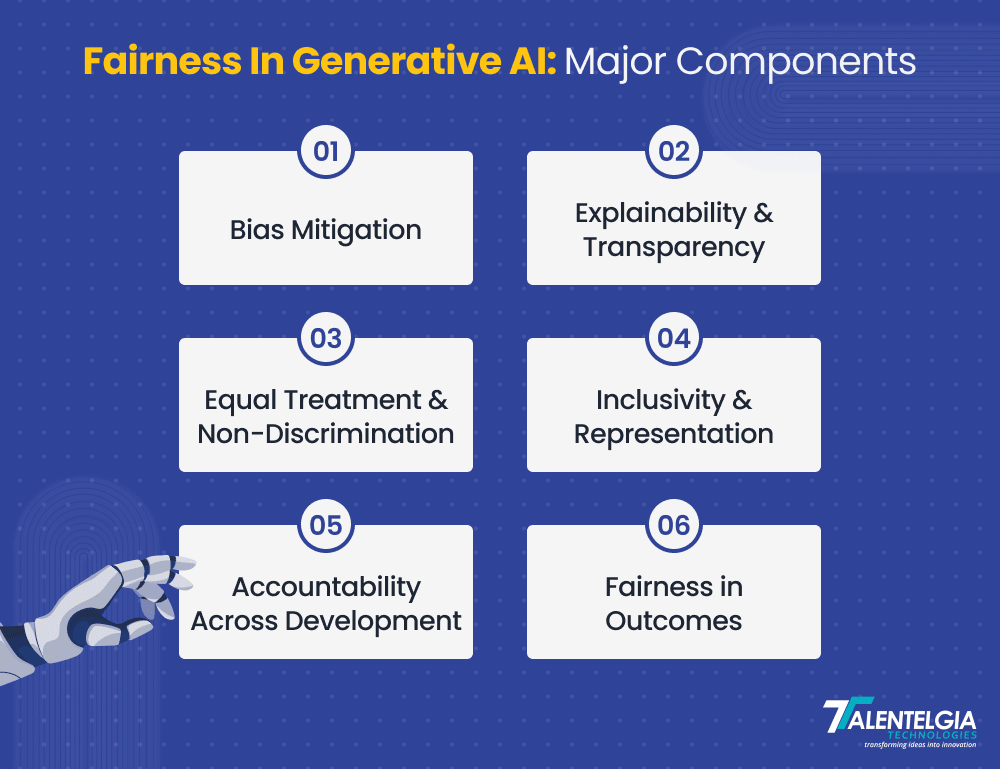
1. Bias Mitigation
Bias usually enters AI systems in the form of imbalanced or incomplete training data. For instance, if an AI system is trained predominantly on data from a single group, the system will do worse for others. This can produce disastrous, biased outputs.
To minimize bias, developers have to test models regularly and improve them with new, varied data. That’s known as iterative testing. It’s not a fix-and-forget-it solution—it’s a regular thing that makes the model better with time. The aim is to remove unjust outputs before they ever see users.
2. Explainability and Transparency
Humans are curious to know how AI comes to its conclusions, particularly when they impact employment, lending, or health. This is where transparency becomes relevant.
An open AI system prominently displays how it was created, what information it draws upon, and how it arrives at decisions. Explainability takes it a step further by providing users in plain language why a model returns a particular output. For instance, users ought to be informed why an AI rejected a loan or suggested a medical test.
This openness generates trust. If individuals know the way AI operates, they will be more likely to accept it and work with it confidently.
3. Equal Treatment and Non-Discrimination
Equal AI fairness isn’t just equal access—it’s equal results. AI systems must generate fair outcomes for men and women of all races, ages, and backgrounds.
To do so, developers can create performance standards for demographic groups. This guarantees no group is being discriminated against or left behind. Legal policies such as Europe’s GDPR also mandate businesses to create non-discriminatory systems, providing another level of responsibility.
4. Inclusivity and Representation
An AI system will only be equitable if it can grasp the individuals it serves. That requires training it on data that mirrors diversity in the real world, along with ethnicity, age, place, gender identity, and economic background.
Inclusive design also implies making AI tools usable by people with varying abilities. For instance, voice-driven systems must be accessible for people with speech disorders, and visual interfaces must accommodate screen readers.
Collaborating with cross-functional development teams throughout, such as ethicists, community leaders, and designers, also reveals unconscious bias and makes systems more inclusive.
5. Accountability Across Development
Accountability translates to organizations fully owning up to their AI systems, from collecting data to deployment. That means developing internal ethics rules and independent audits to detect problems early.
Consistent monitoring is a must. Developers actively need to gather feedback and correct any unfair trends in real-time. It is simpler to be fair as the AI develops when accountability is integrated into each step.
6. Fairness in Outcomes
Being fair on paper isn’t enough for an AI system—it needs to be fair in real life, too. That entails testing how the AI acts in real situations and making sure its outputs don’t hurt any particular group.
Take hiring or medicine, for instance. Biased outcomes there can have dire repercussions. Developers need to employ fairness metrics to see how the AI impacts various groups and tweak it accordingly.
Fair outcomes indicate that the system performs as designed and promotes ethical objectives. Ongoing assessment serves to maintain the technology consistent with user requirements and social norms.
Quick Read: Generative AI Vs Traditional AI
Challenges In Ensuring Fairness In Generative AI
While it’s critical to incorporate fairness into generative AI, it’s not easy by any means. Engineers encounter a variety of technical, social, and philosophical challenges when attempting to mitigate bias and achieve fair outcomes. The next step in creating more responsible and inclusive AI systems is understanding these challenges.
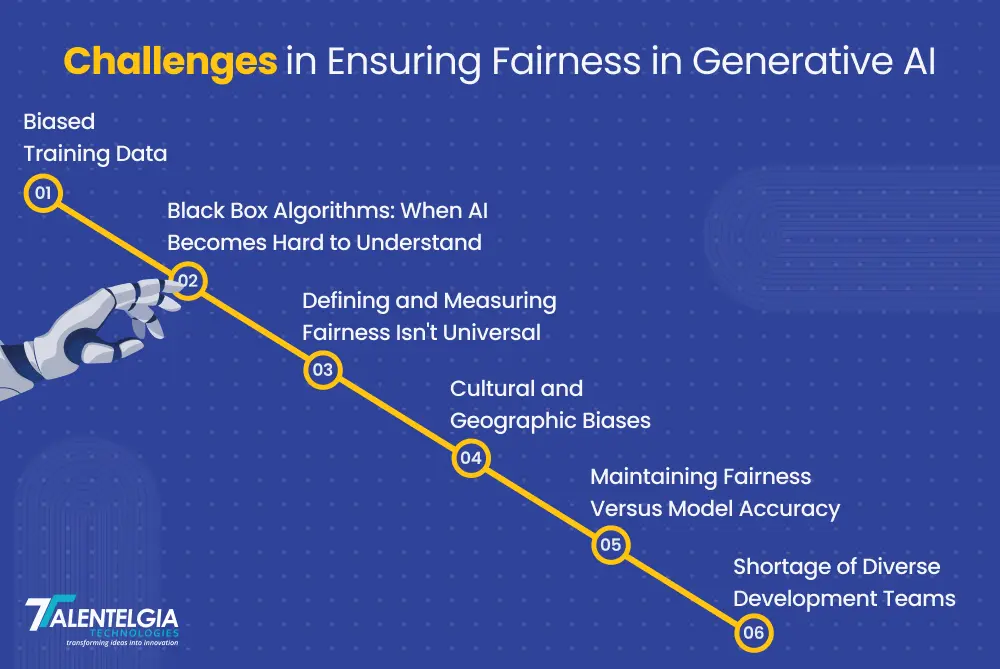
Some of the most important challenges are as follows:
1. Biased Training Data
Problem: Most generative AI models are developed using large amounts of data collected from the web, news sources, books, and historical writings. Unfortunately, these sources do have built-in biases, such as gender biases, racial biases, or economic biases.
Why does it matter?
If your training dataset leans toward one group or demographic, the AI will reproduce that bias, producing unbalanced, unjust, or even harmful results. Once such biases have been ingrained in the model, de-biasing them is a huge technical challenge.
For example, in 2022, Apple faced allegations that the oxygen sensor in its Apple Watch was racially biased, a consequence of biased data influencing the AI’s performance. Likewise, Twitter’s (now X) default image-cropping AI was accused of being pro-male and pro-light-skinned, further establishing the influence of biased training data. These instances illustrate how pervasive biases can taint the fairness of AI systems.
2. Black Box Algorithms: When AI Becomes Hard to Understand
Problem: Most generative AI models, particularly those based on deep learning, are black boxes—you can look at what’s put in and what’s taken out, but not what is done in the middle.
Why is it challenging?
It becomes difficult to recognize where the bias is coming from or how it’s being decided. Without a view, addressing fairness is all about guessing.
3. Defining and Measuring Fairness Isn’t Universal
Fairness isn’t universal. What one group perceives as fair may be discriminatory to another.
Why it’s difficult?
There is no one-size-fits-all fairness metric. Creating effective AI fairness benchmarks across demographics, languages, and cultures continues to be a challenge.
4. Cultural and Geographic Biases
Global AI, Local Blind Spots: Generative AI learned primarily from data for a single region (such as North America or Europe) could be ignorant of the sensibilities, values, or dialects of other regions of the world.
The result?
Outputs will inadvertently offend or exclude individuals from underrepresented cultures. That is why the diversity of datasets globally is necessary.
5. Maintaining Fairness Versus Model Accuracy
The trade-off in performance: Enhancing fairness might decrease a model’s performance on some tasks from time to time. For example, removing biases in data might decrease usable information, affecting output quality.
The Dilemma:
Do you compromise on accuracy to achieve equity? Finding equilibrium between fairness and efficiency is an ongoing balancing act for AI teams.
6. Shortage of Diverse Development Teams
Why diversity is important in AI development: When AI teams are not representative of diverse backgrounds, they’re more likely to overlook blind spots, such as biased wording or exclusionary outputs.
The solution:
Assembling inclusive, interdisciplinary AI teams allows for hidden issues to be caught early in the design process, enhancing both equity and relevance.
Also Read: Generative AI Challenges & Their Solutions
Fairness In Generative AI: Best Practices
As generative AI continues to shape decisions in areas like healthcare, hiring, finance, and education, ensuring fairness isn’t just a nice-to-have—it’s a must. Biased algorithms can reinforce discrimination, amplify inequality, and erode trust. To build AI systems that are ethical, inclusive, and accountable, organizations must follow a structured approach grounded in fairness.
Here are four proven best practices to help achieve that:
1. Leverage Diverse and Representative Datasets
The basis of an unbiased AI model is the training data. If your datasets are biased towards a single demographic or cultural perspective, your AI will probably carry that bias forward in its output.
To fix this:
- Utilize inclusive datasets that cover various races, genders, socio-economic classes, and cultures.
- Regularly audit your data to find underrepresented groups or hidden patterns.
- Implement oversampling methods to increase visibility for minority groups.
- Eliminate unjust correlations that may generate discriminatory outputs.
By deliberately hand-curating your datasets with equity in mind, you minimize the risk of entrenching stereotypes and enable the model to learn from a broader spectrum of human experience.
2. Incorporate Fairness-Aware Algorithms and Techniques
Fair AI does not occur spontaneously—it takes conscious intervention during model training. Now, there are specialized algorithms that can help reduce bias and foster equitable outcomes.
Well-known approaches are:
- Reweighting datasets to avoid overrepresentation of majority groups.
- Forcing the model to unlearn toxic correlations with adversarial debiasing.
- Imposing fairness constraints on directing the model towards fair decision-making.
Regular monitoring using fairness measures—such as demographic parity, equal opportunity, or disparate impact—ensures these techniques are operating effectively. Testing and tuning these algorithms in both development and deployment phases is critical.
3. Encourage Transparency and Explainability
Transparency is a significant stumbling block to fairness in AI. If users cannot see how decisions are being made, it is impossible to recognize or correct unfairness.
To enhance transparency:
- Write down your data sources, model selections, and decision logic.
- Employ explainability tools such as SHAP, LIME, or attention heatmaps to graphically show how the model comes to particular outputs.
- Open your systems to audit by internal teams or third-party experts.
These initiatives construct user trust, particularly in sensitive fields such as health, employment, or money, where biased choices can have severe ramifications.
4. Engage Multidisciplinary and Inclusive Teams
AI fairness must never be a task left for developers alone. Developing inclusive technology involves consultation from individuals with varying expertise, experience, and values.
Best practices are:
- Consulting ethicists, sociologists, legal experts, and field experts.
- Involving marginalized community voices in product design and testing processes.
- Implementing various review boards to analyze fairness issues from varied perspectives.
Having mixed groups consisting of technical and non-technical members is more likely to discover underlying biases, challenge assumptions, and come up with socially and culturally responsive solutions.
Real World Example Of Fairness In Generative AI: Adobe Firefly
When Adobe introduced its Firefly generative AI tools, it took a clear and confident stance on transparency, something that sets it apart from many other AI platforms. Unlike other tools such as OpenAI’s DALL·E, Adobe publicly disclosed the sources of the images used to train Firefly. The company emphasized that all training data comes either from Adobe’s licensed image libraries or from public domain content. This amount of transparency enables users to believe that Firefly isn’t constructed on copyrighted content without authorization, providing creators with peace of mind and authority over the way they use AI-generated imagery.
Conclusion
Generative AI can reshape industries, enable creativity, and redefine how we engage with technology. That power does come with great responsibility. When these models make decisions in healthcare, hiring, finance, and beyond, making them fair isn't an ethical afterthought—it's a necessary foundational element.
Generative AI fairness isn't a checkbox to check or a once-and-done solution—it's an ongoing process that requires purposeful effort, inclusive thinking, and collaborative problem-solving. From diverse training data and explainability to bias prevention and inclusive development teams, each step of the AI pipeline needs to be purposefully designed to maintain equity.
By integrating fairness as a fundamental value—instead of an addendum—we not only develop better tech, but systems that mirror and benefit the diversity of the real world. Generative AI can only achieve its full potential then: not as a tool for innovation, but as a driver of positive, inclusive change.


 Healthcare App Development Services
Healthcare App Development Services
 Real Estate Web Development Services
Real Estate Web Development Services
 E-Commerce App Development Services
E-Commerce App Development Services E-Commerce Web Development Services
E-Commerce Web Development Services Blockchain E-commerce Development Company
Blockchain E-commerce Development Company
 Fintech App Development Services
Fintech App Development Services Fintech Web Development
Fintech Web Development Blockchain Fintech Development Company
Blockchain Fintech Development Company
 E-Learning App Development Services
E-Learning App Development Services
 Restaurant App Development Company
Restaurant App Development Company
 Mobile Game Development Company
Mobile Game Development Company
 Travel App Development Company
Travel App Development Company
 Automotive Web Design
Automotive Web Design
 AI Traffic Management System
AI Traffic Management System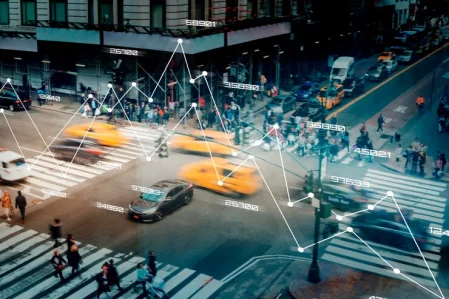
 AI Inventory Management Software
AI Inventory Management Software
 AI Software Development
AI Software Development  AI Development Company
AI Development Company  AI App Development Services
AI App Development Services  ChatGPT integration services
ChatGPT integration services  AI Integration Services
AI Integration Services  Generative AI Development Services
Generative AI Development Services  Natural Language Processing Company
Natural Language Processing Company Machine Learning Development
Machine Learning Development  Machine learning consulting services
Machine learning consulting services  Blockchain Development
Blockchain Development  Blockchain Software Development
Blockchain Software Development  Smart Contract Development Company
Smart Contract Development Company  NFT Marketplace Development Services
NFT Marketplace Development Services  Asset Tokenization Company
Asset Tokenization Company DeFi Wallet Development Company
DeFi Wallet Development Company Mobile App Development
Mobile App Development  IOS App Development
IOS App Development  Android App Development
Android App Development  Cross-Platform App Development
Cross-Platform App Development  Augmented Reality (AR) App Development
Augmented Reality (AR) App Development  Virtual Reality (VR) App Development
Virtual Reality (VR) App Development  Web App Development
Web App Development  SaaS App Development
SaaS App Development Flutter
Flutter  React Native
React Native  Swift (IOS)
Swift (IOS)  Kotlin (Android)
Kotlin (Android)  Mean Stack Development
Mean Stack Development  AngularJS Development
AngularJS Development  MongoDB Development
MongoDB Development  Nodejs Development
Nodejs Development  Database Development
Database Development Ruby on Rails Development
Ruby on Rails Development Expressjs Development
Expressjs Development  Full Stack Development
Full Stack Development  Web Development Services
Web Development Services  Laravel Development
Laravel Development  LAMP Development
LAMP Development  Custom PHP Development
Custom PHP Development  .Net Development
.Net Development  User Experience Design Services
User Experience Design Services  User Interface Design Services
User Interface Design Services  Automated Testing
Automated Testing  Manual Testing
Manual Testing  Digital Marketing Services
Digital Marketing Services 
 Ride-Sharing And Taxi Services
Ride-Sharing And Taxi Services Food Delivery Services
Food Delivery Services Grocery Delivery Services
Grocery Delivery Services Transportation And Logistics
Transportation And Logistics Car Wash App
Car Wash App Home Services App
Home Services App ERP Development Services
ERP Development Services CMS Development Services
CMS Development Services LMS Development
LMS Development CRM Development
CRM Development DevOps Development Services
DevOps Development Services AI Business Solutions
AI Business Solutions AI Cloud Solutions
AI Cloud Solutions AI Chatbot Development
AI Chatbot Development API Development
API Development Blockchain Product Development
Blockchain Product Development Cryptocurrency Wallet Development
Cryptocurrency Wallet Development About Talentelgia
About Talentelgia  Our Team
Our Team  Our Culture
Our Culture 
 Healthcare App Development Services
Healthcare App Development Services Real Estate Web Development Services
Real Estate Web Development Services E-Commerce App Development Services
E-Commerce App Development Services E-Commerce Web Development Services
E-Commerce Web Development Services Blockchain E-commerce
Development Company
Blockchain E-commerce
Development Company Fintech App Development Services
Fintech App Development Services Finance Web Development
Finance Web Development Blockchain Fintech
Development Company
Blockchain Fintech
Development Company E-Learning App Development Services
E-Learning App Development Services Restaurant App Development Company
Restaurant App Development Company Mobile Game Development Company
Mobile Game Development Company Travel App Development Company
Travel App Development Company Automotive Web Design
Automotive Web Design AI Traffic Management System
AI Traffic Management System AI Inventory Management Software
AI Inventory Management Software AI Software Development
AI Software Development AI Development Company
AI Development Company ChatGPT integration services
ChatGPT integration services AI Integration Services
AI Integration Services Machine Learning Development
Machine Learning Development Machine learning consulting services
Machine learning consulting services Blockchain Development
Blockchain Development Blockchain Software Development
Blockchain Software Development Smart contract development company
Smart contract development company NFT marketplace development services
NFT marketplace development services IOS App Development
IOS App Development Android App Development
Android App Development Cross-Platform App Development
Cross-Platform App Development Augmented Reality (AR) App
Development
Augmented Reality (AR) App
Development Virtual Reality (VR) App Development
Virtual Reality (VR) App Development Web App Development
Web App Development Flutter
Flutter React
Native
React
Native Swift
(IOS)
Swift
(IOS) Kotlin (Android)
Kotlin (Android) MEAN Stack Development
MEAN Stack Development AngularJS Development
AngularJS Development MongoDB Development
MongoDB Development Nodejs Development
Nodejs Development Database development services
Database development services Ruby on Rails Development services
Ruby on Rails Development services Expressjs Development
Expressjs Development Full Stack Development
Full Stack Development Web Development Services
Web Development Services Laravel Development
Laravel Development LAMP
Development
LAMP
Development Custom PHP Development
Custom PHP Development User Experience Design Services
User Experience Design Services User Interface Design Services
User Interface Design Services Automated Testing
Automated Testing Manual
Testing
Manual
Testing About Talentelgia
About Talentelgia Our Team
Our Team Our Culture
Our Culture
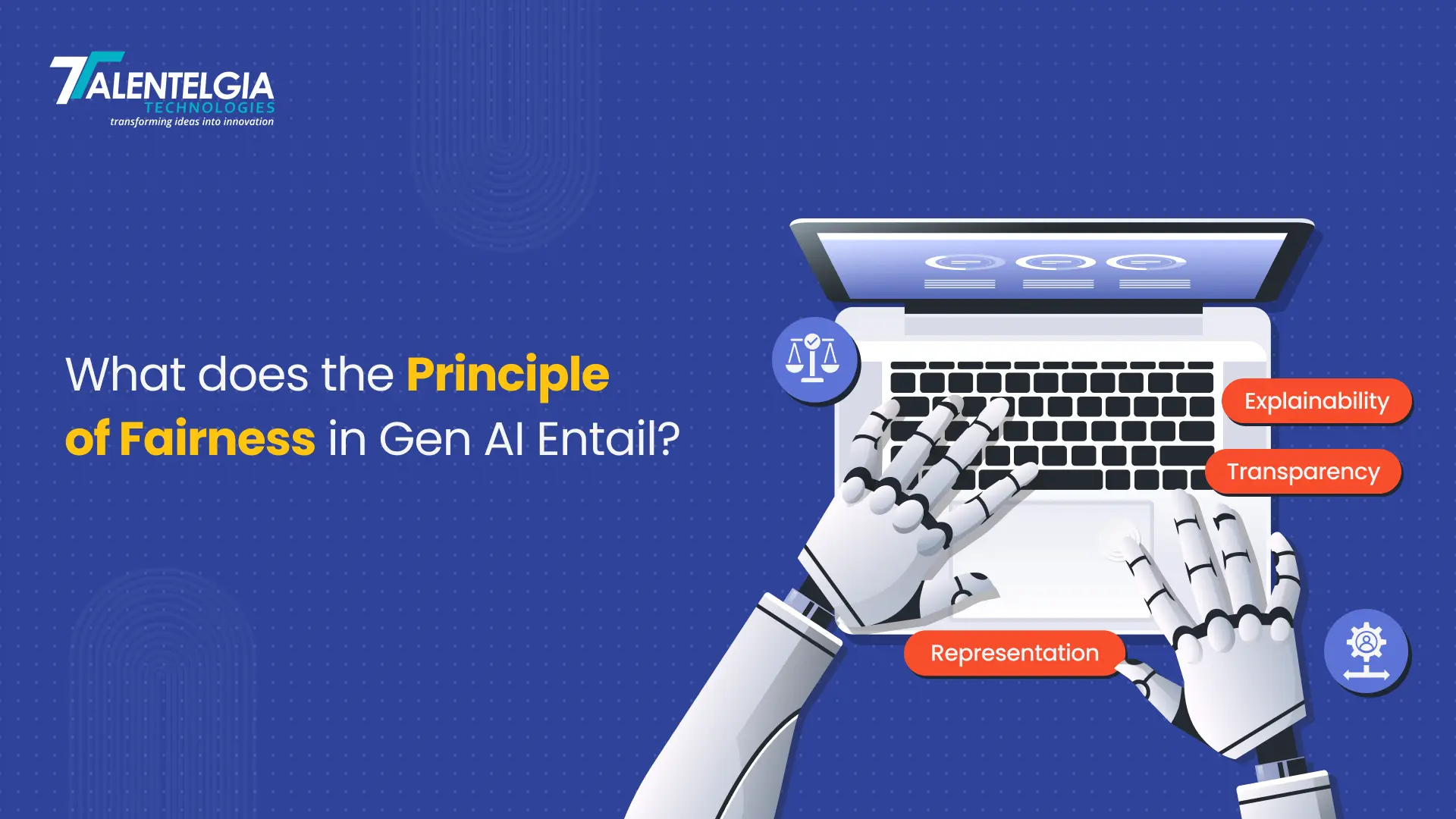

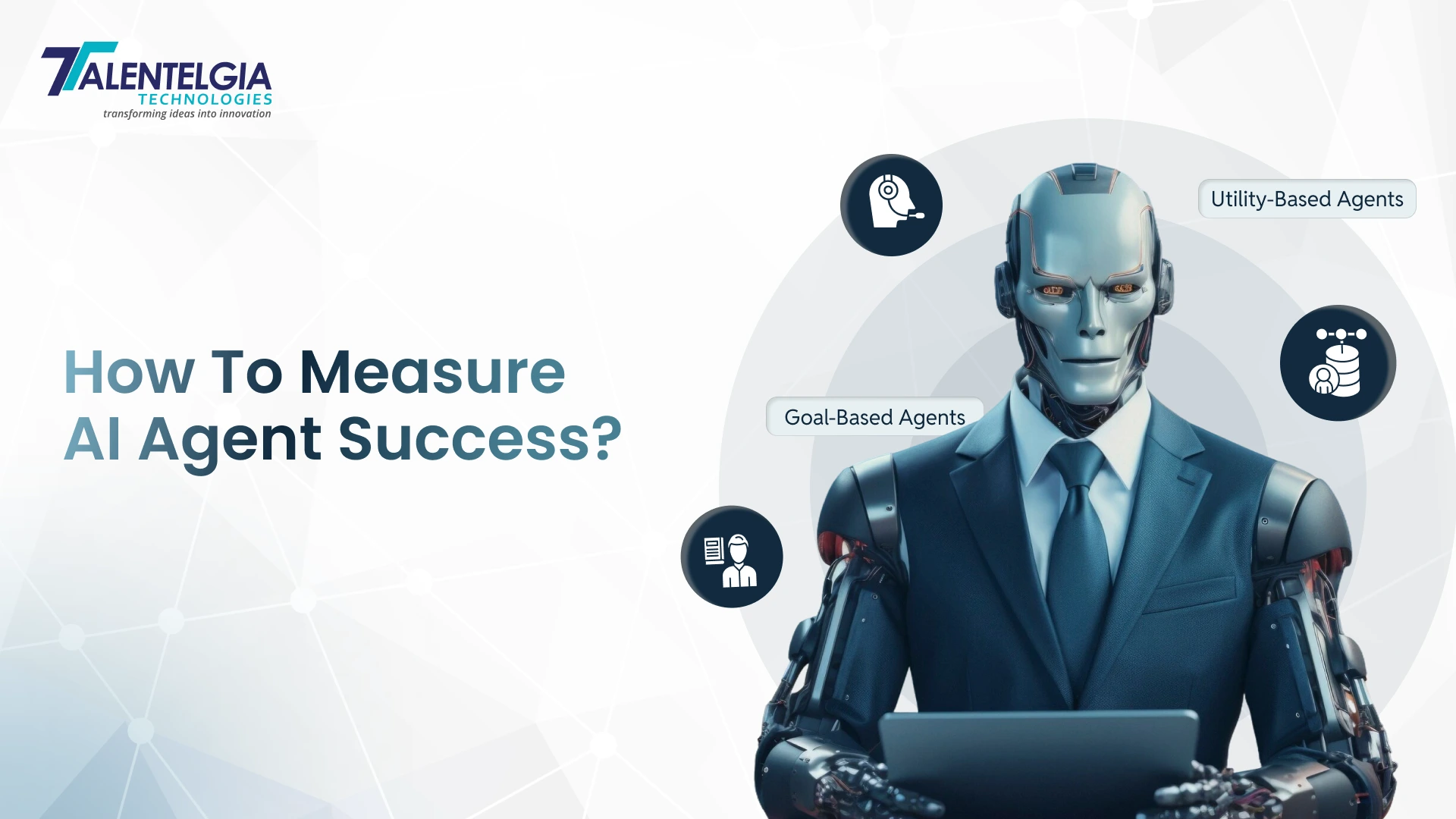

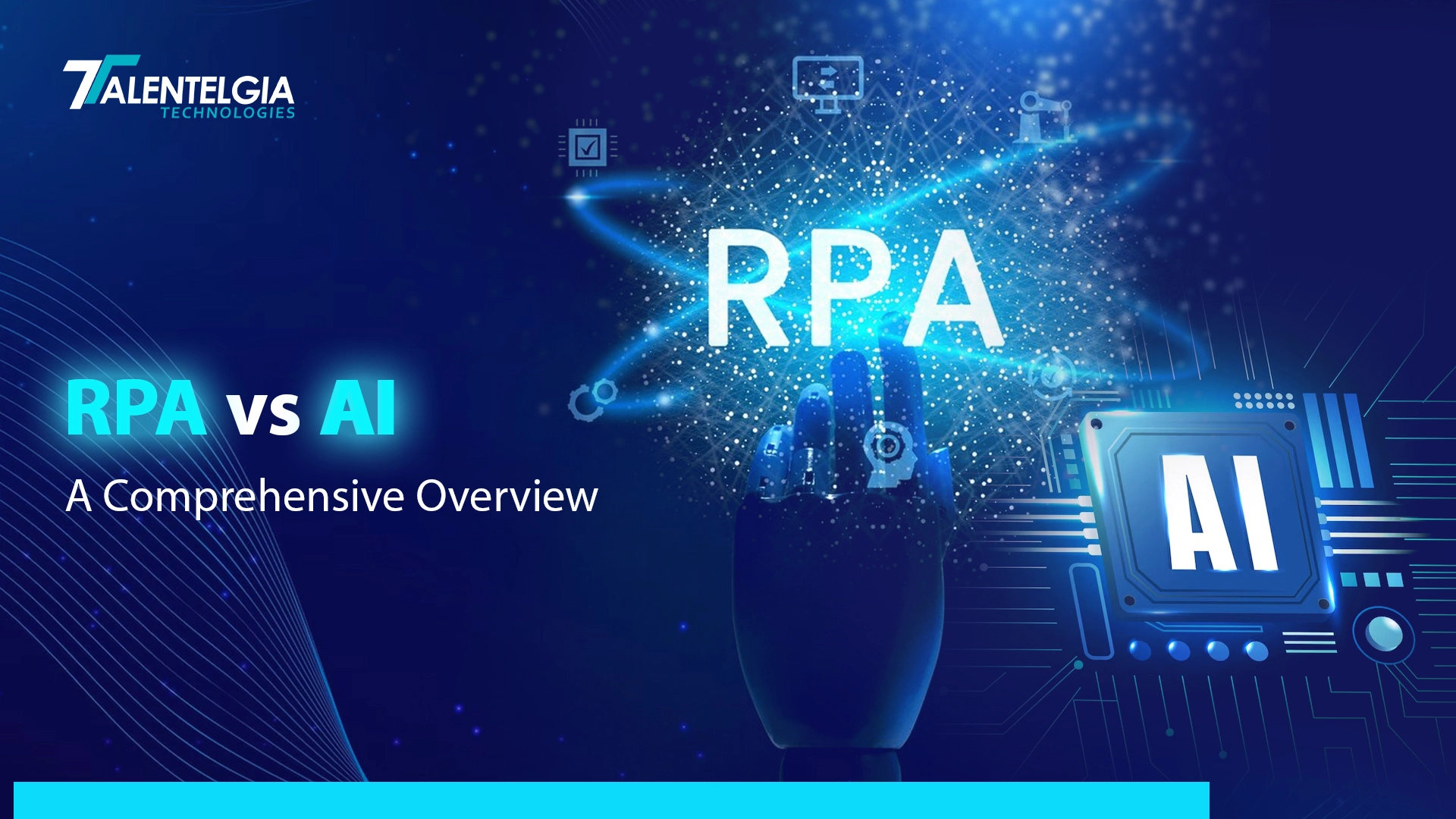

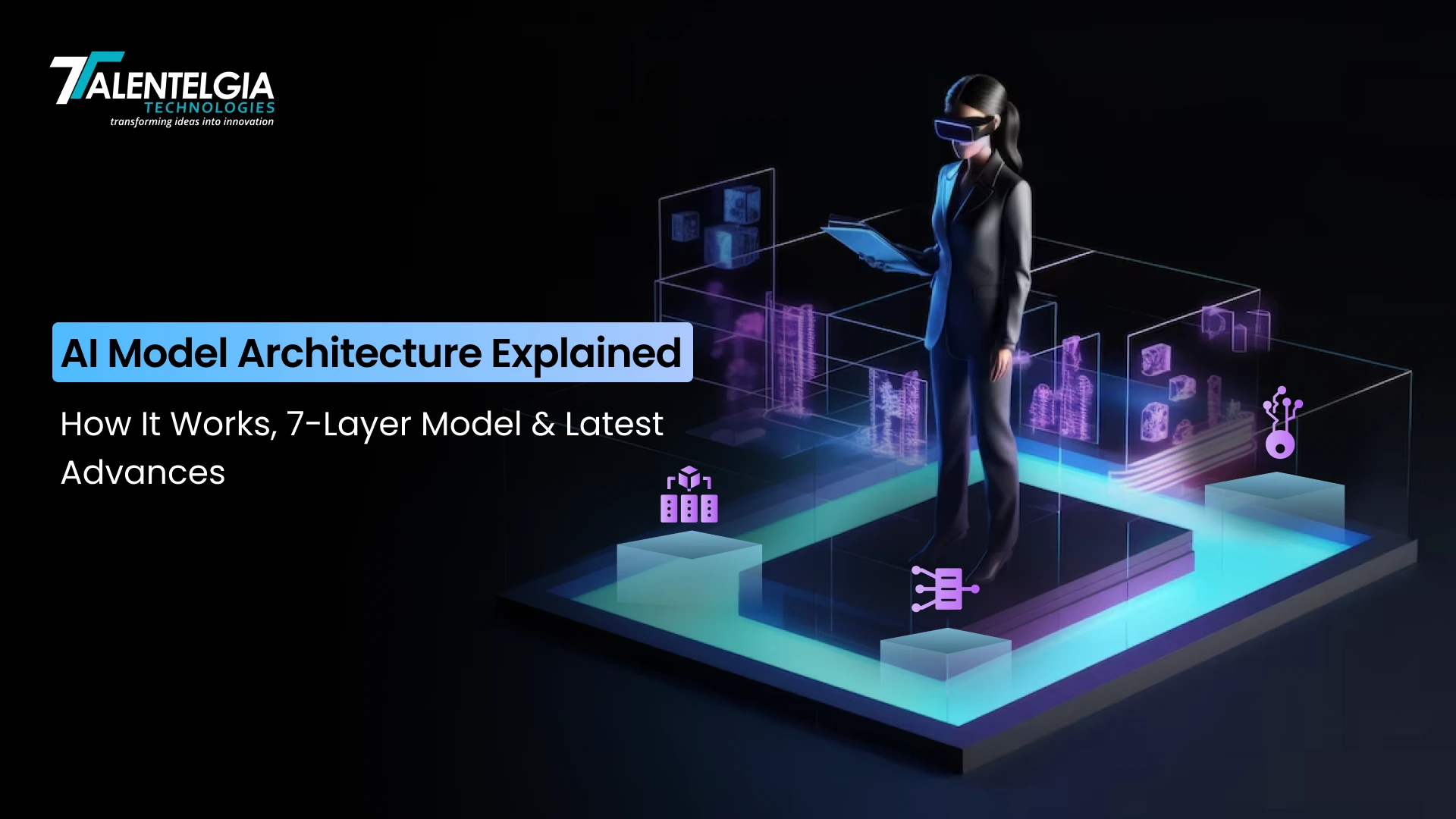











 Write us on:
Write us on:  Business queries:
Business queries:  HR:
HR: 




